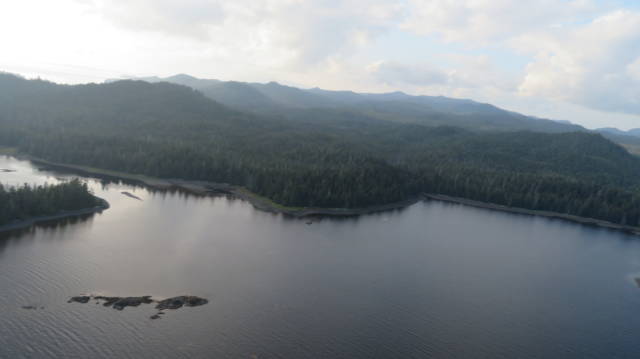Located in the Southeast Alaska panhandle on the west coast of the Prince of Wales Island, the Klawock Heenya project is located on 8,618 acres of a coastal conifer, western hemlock-Sitka spruce, and western redcedar-hemlock rainforest. Canadian demand for pulpwood from Southeast Alaska spiked, increasing both the prices and the need for aggressive logging practices. Now, operating as a carbon offset project, Klawock Heenya will sequester 664,000 tonnes of emissions over the first 20 years of its 40-year life.
Indigenous Alaskans operate as the majority landowner through the Klawock Heenya Corporation (KHC). Established by the US government in 1971, the organization oversees settled lands and financial claims for Alaskan Native Americans. Owners own company stock, with a goal to develop a sustainable economy that provides opportunities for community members and shareholders alike. KHC takes their role seriously, evident by their statement: “our land, our legacy, our life.”
For the Alaskan Natives who are the indirect owners of the project, the Project provides an income source that replaces aggressive logging and harvesting of trees. Without implementation of the project, the area could resemble an industrial forest.
There is no ongoing or future commercial harvesting intended in this project area. In fact, forest management practices represent a significant improvement in the carbon storage and conservation value than higher return, more aggressive management regimes of industrial private lands in the region. The project ensures long-term sustainable management of the forests, maintenance of forest stocks above the regional baseline, provides significant climate benefits and serves to improve the habitat for Sitka black-tailed deer, black bear, mountain goats, moose, and other local wildlife species.















